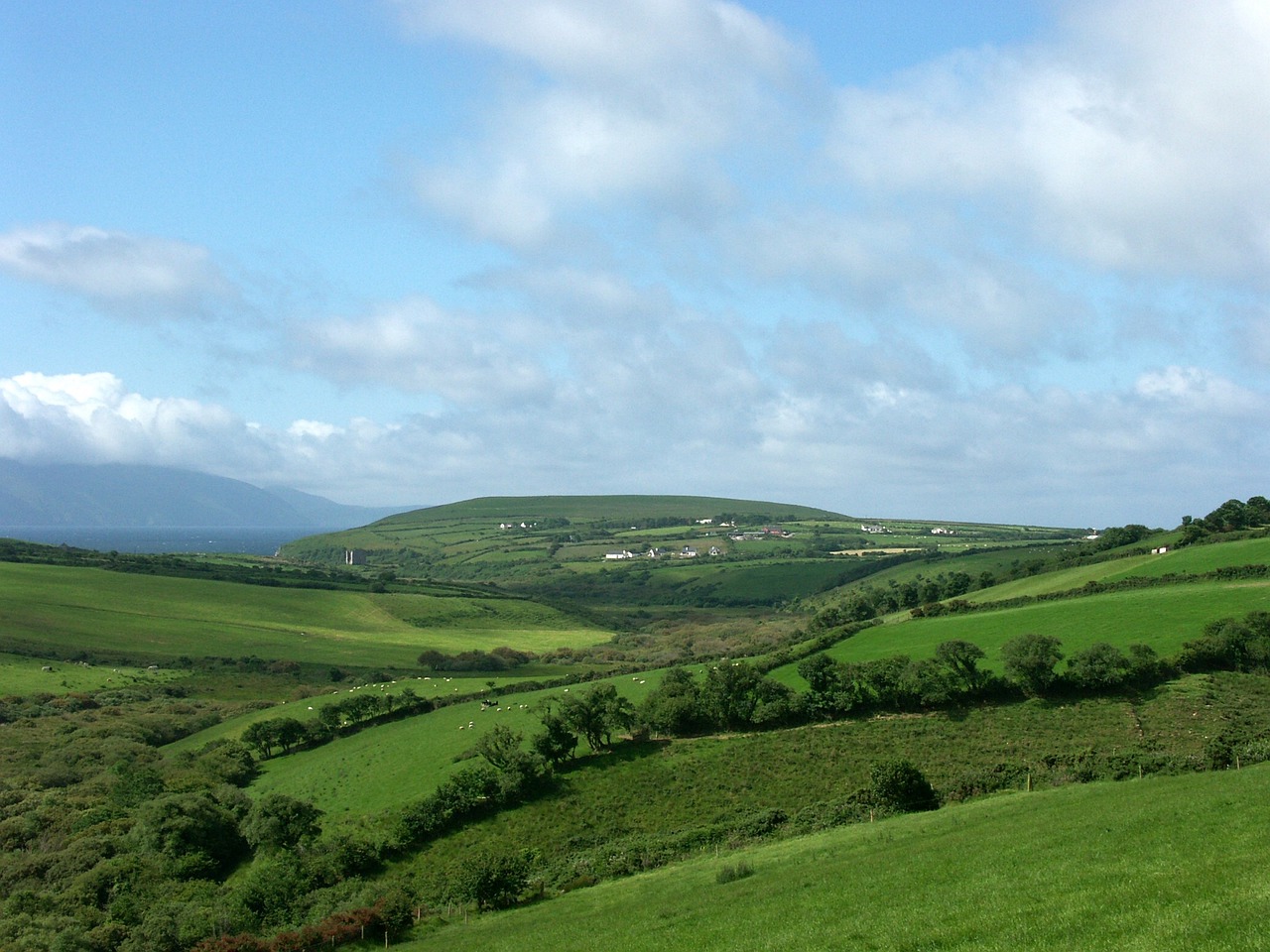Dublin, Ireland. We are seeing the first good days here, leading up to the golden days of mid-summer, and I’ve been talking to elderly friends here in the Irish countryside about what they used to do when the sun shone. The answer, of course, was that they made hay.
When farmers heard the cry of the corncrake–a bird that lived in hayfields–it was a signal that the hay was ready to be cut, Mary Fogarty said. Her mother added a special addition to the rosary, and the priest said a prayer at Mass for sunshine. All the farmers for miles around brought their pitchforks and scythes and formed a team–a meithal [pronounced mee-hall]—to cut each man’s hayfields one by one, Murray said, making light work by their many hands.
Most people today recognise scythes only as that thing the Grim Reaper holds, but this tool served humans in almost unaltered form from Ancient Egypt to a few generations ago; in Ireland their use was so widespread that as recently as the 1970s, one family specialised solely in making whetstones to sharpen scythes.
Scythes are a great example of a simple human tool that we replaced with more complex ones to dubious benefit. They can work as fast as a lawnmower, according to David Tressemer in The Scythe Book, and without any fuel or electricity. In a fuel or economic crisis they could easily be adopted again, if people knew what they were and how to wield them.
“Before long the hayfield would be a hive of activity and friendly banter, as the new mown hay was tossed and turned, caressed by the breeze and dried by the warm sun,” Francie Murray said. When it was dry enough they raked it into piles, bundled them into sheaves, leaned groups of sheaves together into stooks, and let them dry more. When it was dry enough to pile into haystacks, Mary Lyons said, the “meithal piked the hay onto the rick [haystack] and covered it” with a roof of reeds pulled from the bogs.
“The methods people used were time-tested, refined over centuries,” my elder friend Peter told me, but they vanished as Ireland modernised; cheaper technology allowed farmers to spend all day on “a 100,000 pound tractor and never speak to anyone,” as my neighbour Ellen put it.
Plastic sheeting allowed farmers to tightly machine-wrap their newly cut grass, leaving it in giant black spheres sitting all year in fields like alien visitors. Cut off from oxygen in the plastic, the grass becomes silage, Peter explained: “Hay has to be dried to the point where it doesn’t decompose, but silage involves a fermentation process that in effect pickles the grass–the metabolite from fermentation prevents it from decomposing for long enough for it to be used as a feed for the animals.”
The environmental movement tends to frame everything in simple binaries, like Nature good, humans bad. But most traditional cultures, including Ireland’s, worked with Nature and not against it, and the land and people adapted to fit each other hand in glove.
“Now to my mind silage was the end of traditional agriculture in Ireland,” Peter said. “Because silage has done immense environmental damage.” The plastic breaks up over time, leaving scraps in the fields and the canals, and the silage itself can acquire toxic bacteria that makes animals sick. When it rains, Peter said, the runoff “is very toxic, and if it gets into a waterway it has a devastating consequence on the waterways, because it’s like pouring vinegar into a river.”
Silage makes farmers more money, he said, because “they can take two or three cuts of silage per year… [but] the plants that grow in the grass never get a chance to flower, never get a chance to seed.” Hay meadows offered food and habitat for wildlife, and after the hay was cut the fields erupted in wildflowers. “I remember going out with a net and scooping, and the hundreds of different types of insects in the meadow. And it’s gone. And what silage has done is turn that… meadow into a desert.” The end of the insects meant the end of everything they fed, including the corncrake, whose song I have never heard.

Brian,
The scythe is an amazing tool. I don’t mow with one, but I do use a “ditch” blade to walk through my pasture and cut down curly dock before it heads out to seed and spreads all over. However, I wanted to point you to one of the most adroit wielders of the mowing scythe I’ve ever seen. And when the videos I’m linking to below were shot, she was a 14-year-old girl from a family that puts up hay in “the old fashioned way.” I think you might enjoy them.
An 8-min. video of her mowing around a dead tractor in a field.
https://youtu.be/dVv597m848s
An 8-min. video of the girl “pushing” windrows into piles and then forking the piles up to her dad on a hay rack.
https://youtu.be/fIVAlV8YVF0
A 4.5-min. video of the whole family using scythes in a variety of mowing and trimming applications. Even children can easily learn this craft.
https://youtu.be/gL2_chKPWjE
A lovely little elegy.
Comments are closed.